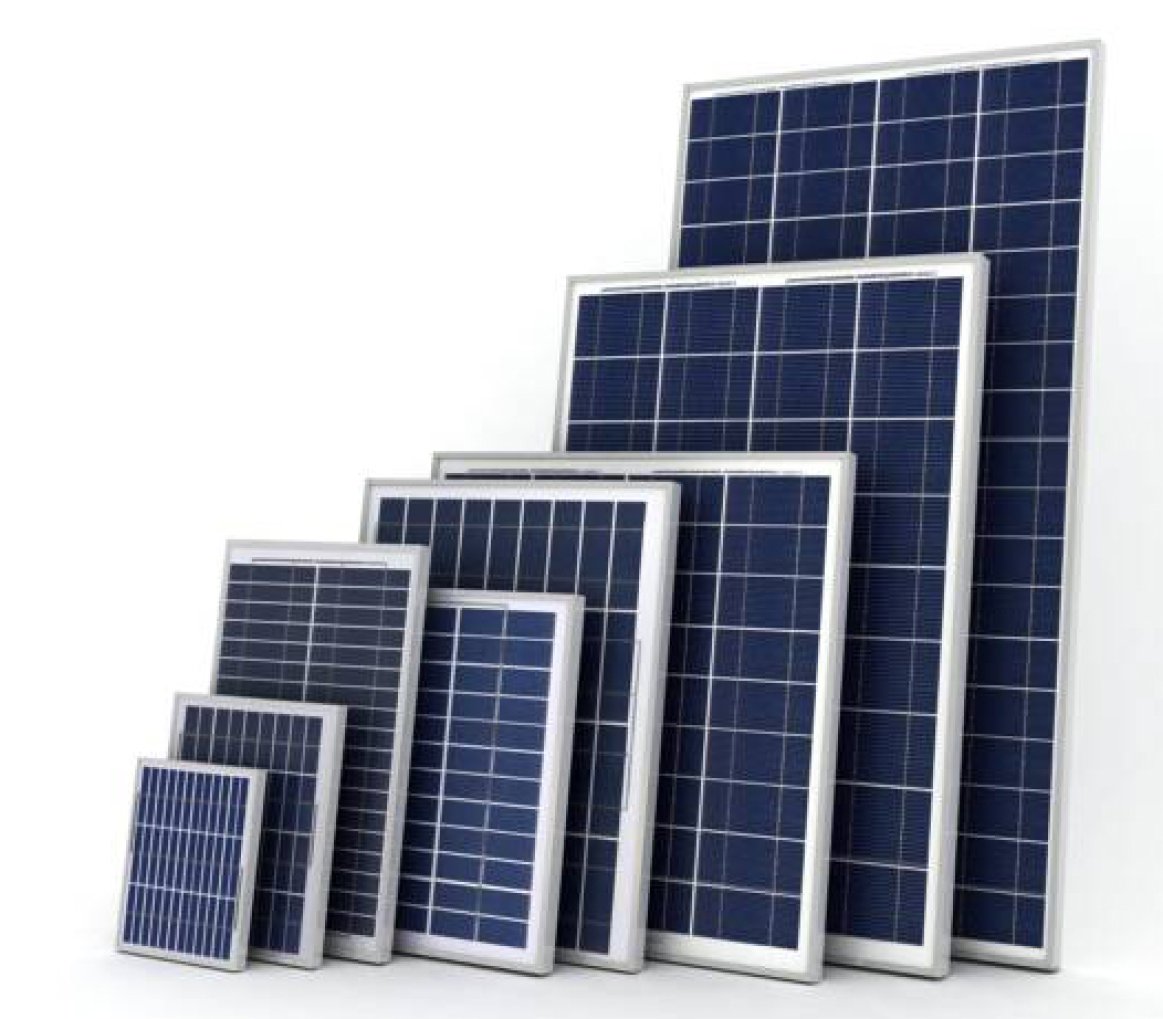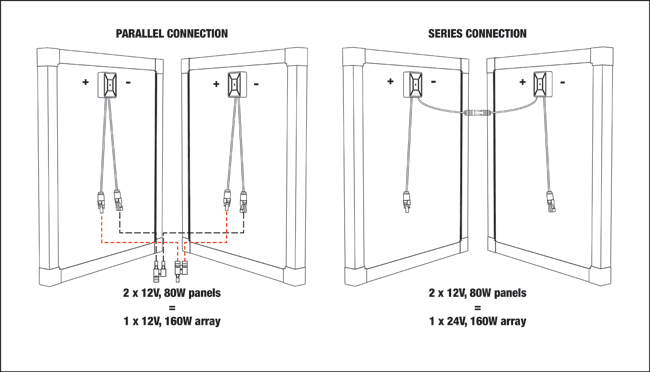
It is a common question we hear often at Greentech Renewables. A customer has an assortment of modules they want to install in the same system. They have a stockpile on hand that they want to put to good use. In some cases they may have an older system that they want to expand upon or replace a few faulty modules that are now outmoded. The knee jerk answer seems to be “No way!” Do not fret, it is not as simple and finite as “No."
Typically the mixing of solar modules from different manufacturers and of dissimilar voltages, wattages and amperages is not recommended. However, if you take those factors into careful consideration you can easily achieve this goal.
In the situation of wanting to mix modules, or even needing to, it is important to remember that it is not the wattage of the modules that is important to consider. When connecting modules of dissimilar electrical characteristics in series, it is each module's current that plays a heavy role in how the string will going to perform in the system. The opposite is true of modules that are connected in parallel. In this case, each module's voltage impacts how the string will perform in the system.
However, this does not mean that we should start connecting any mix of modules together and call it a day. When their electrical characteristics are too far apart the effect on the system's production could be tremendous. Compare the module’s data sheets. Only modules with exact amperage, or as closely similar as possible, should be wired in series connection. On the other side of the balance, that rule applies to dissimilar modules wired in parallel connection. Only in that case, the voltage of those modules must be matched as closely as possible.
Series & Parallel Connection Examples:
Say you want to connect modules in series and one module type is 8A and the rest are 8.5A. The 8.5A modules will all be dragged down to the 8A of the module that is brought into the string. This in turn will bring down the overall output of the entire string.

Now, let us say we have a 30V module that we want to bring into a 40V string where the modules are all in parallel connection. In this instance, the parallel modules are pulled down to 30V and reduce the overall output of the string.
Other Considerations:
It is not all that cut and dry, however, there are other considerations to take into account before mixing your modules. For example, if the string(s) with dissimilar modules are connected to an MPPT channel on a charger or inverter, the MPPT control would not be able to optimize the string due to the different current or voltage.
Another factor to consider, is that in older operating systems, that are in operation where you want to mix in a different module, you cannot rely on the data sheet for the existing module. This is because of the expected degradation of these modules over their lifespan. Therefore, despite maybe having close electrical characteristics on datasheets, in reality these specs have likely have changed and this should be quantified before paring the new modules into the strings.
In closing, if you are in the situation where you are considering mixing up your modules you want to ensure that your modules are very close in their electrical characteristics. For paralleled strings, try to match match the module voltages as closely as possible. In series strings, match their ampere rating as close as possible. In either case, the lower of the two values will determine the production you can expect out of the system. Finally, it is worth noting that the majority of mismatch production losses can be mitigated with the use of micro inverters or optimizers. These two technologies allow each module to be treated independently within the system, ensuring maximum production from each panel. We highly recommend the use of micros or optmizers if you are considering pairing dissimilar modules into one system.